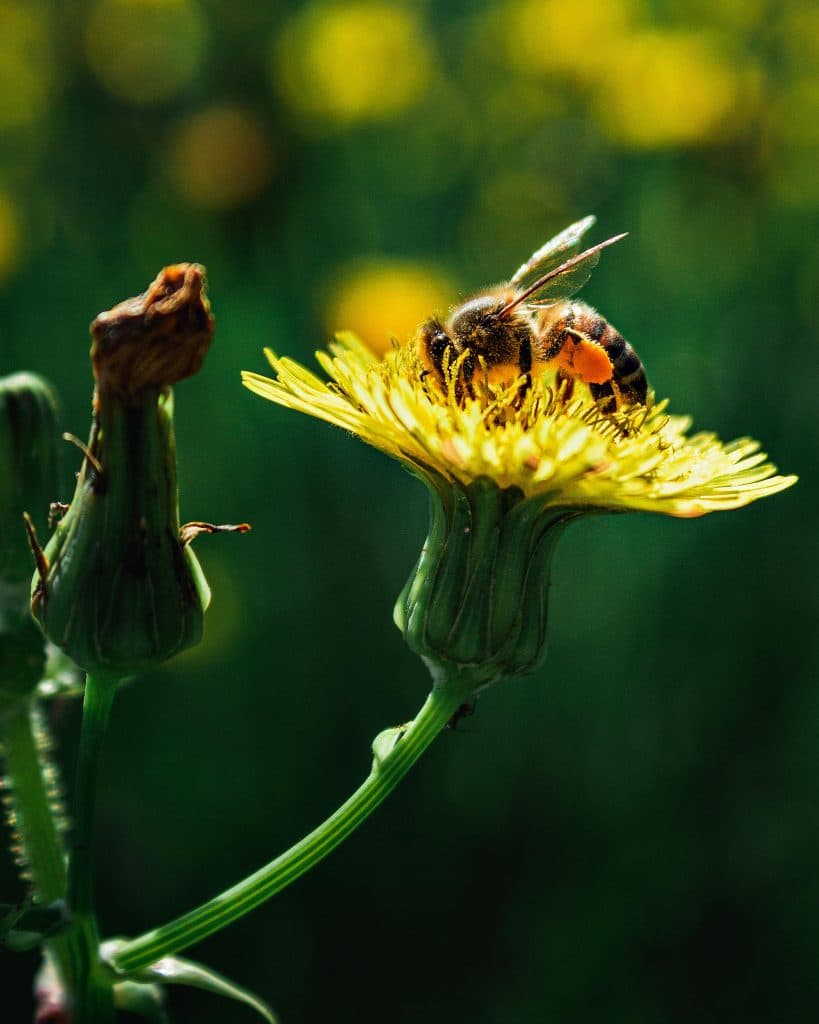Are you also participating in the “Don’t Mow May” action? This gives many wildflowers in lawns and lawn areas a chance to grow and especially to bloom. And the latter is very good news for nature.
Insect numbers have been declining dramatically for years. And it is precisely insects that benefit more from flowers. One reason is that there is not enough food for them. Different mowing policies help. For some years now, there has been talk of not mowing in May. In countries around us, this has been the case for some time. The Bee Foundation, Flora van Nederland and Stichting Steenbreek are calling on everyone in the Netherlands to mow less in the month of May with the “Don’t Mow May” campaign. In England (No Mow May) and Belgium, the campaign is already successful.

Why the month of May?
During the summer, there are plenty of flowering plants for insects such as bees and butterflies. In the month of May, when many insects come out of hibernation or lay eggs, this is much less the case. When flowers such as the dandelion remain in lawns and lawns, it is a hugely welcome addition.
Mowing less frequently
So the idea is to leave the lawnmower in place for the entire month of May. But it also helps for biodiversity to mow not weekly, but every 3 weeks, or to mow in phases. This involves leaving a different section of flowering plants in place each time. Municipalities are also increasingly working with phased mowing. In addition, it helps to leave sidewalk plants that emerge. A next step may be to switch from a tightly mowed lawn to a flowery grassland.